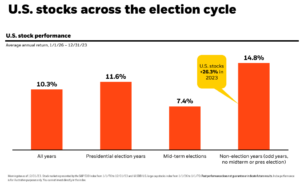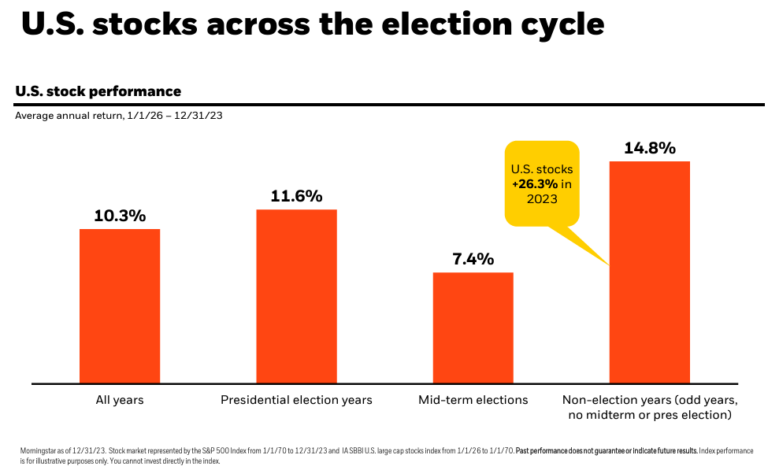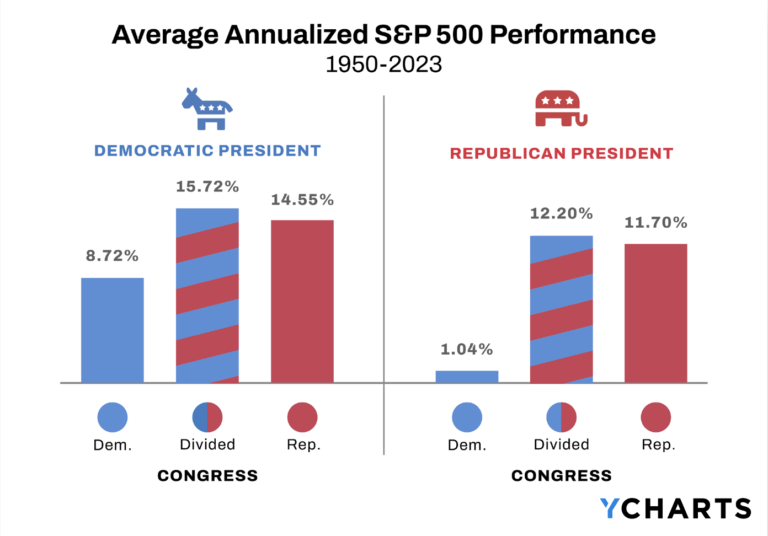With the average cost of college nearing $33,000 per year, few parents have concerns about saving too much for their kids’ college. But that doesn’t mean they shouldn’t be. Whether you’re over-funding a 529 plan and risk incurring taxes and penalties or prioritizing college savings over your own financial security, saving too much for college can be costly. Here’s how to tell if you’re saving too much for your kids’ college and what you can do about it.
4 ways you can save too much for your kids’ college education
Over-saving for college can be an expensive mistake. Here are four ways parents can accidentally overdo it.
Saving too much in a 529 plan is an expensive mistake
529 plans are a great way to save for college. Money is invested and withdrawn tax-free if spent on qualified educational expenses. But if your savings exceed the cost, you may have to pay tax plus a 10% penalty on what’s leftover. Given the uncertainty of college costs and investment returns, trying to cover exactly 100% of expenses with a 529 plan is practically impossible. Sure, your kid may decide to continue their education after graduation…but how many seven-year-olds really know they’re going to become a doctor? And saving any amount for college before having children is too much.
Like retirement accounts, 529 plans have tax advantages. But qualified accounts effectively lock the money up, forcing you to pay a penalty if you need it for something else other than education.
How to fix it
- Consider funding your kids’ 529 plan with no more than 75% of the savings goal. Pay for the rest by investing the rest in a flexible brokerage account or out of cash flow.
- If you’ve already saved too much, you still have options. When your child finishes college, you can name a new beneficiary, such as another child or a relative. If the graduate is considering an advanced degree, you may want to take a wait-and-see approach. In the event an older child took out student loans, up to $10,000 from a 529 plan can go towards repayment.
- Sending your child to private school? You may be able to use up to $10,000/year to pay tuition for K-12 education.
Prioritizing college savings over your retirement sets the wrong example
Parents can be pretty selfless when it comes to their kids. But it’s important not to sacrifice your own financial health in the process. After all, there are no loans for retirement. Saving for the cost of a four-year college education is challenging, but nowhere near as hard as paying for 30 years of expenses in retirement. If you get too far behind, there isn’t always time to catch up. You can only spend a dollar once and over-extending to help your student may mean you’ll be the one needing help down the road.
Also, kids learn about money from their parents, so it’s essential to set a good example. Getting behind on your bills to pay tuition or putting your retirement security in jeopardy to afford something out of reach may send the wrong message. Make no mistake: education is really important, as is helping your children secure their own financial future. But depending on your financial situation, it may not be realistic to give kids a blank check for college. And it does nothing to teach kids about evaluating cost-benefit trade-offs, sticking to a budget, or living within their means.
How to fix it
- Pay yourself first. Before your kids enter college, meet your annual retirement savings goals before seeing how much is left for college. Then, if you need to make some small temporary cuts to retirement savings during college years, it likely won’t be as disruptive to your financial plan. Again, you’ll need to devise a plan in accordance with your entire financial situation. If you have a large family or kids spread out in age, you could quickly find yourself ‘temporarily’ diverting retirement money for a decade or more. And that could have a lasting impact on your retirement plan.
- Paying for college is a tremendous learning opportunity for kids. For many, it’s an introduction to the real world of personal finance. Involve them in the conversation as they consider different colleges and programs so they understand the cost of their decisions. Consider setting a maximum budget based on your financial limits and education goals. If your student chooses to attend a college that costs more than you’ve allotted, it’s up to them to pay the difference. Having some student loans doesn’t mean they’re saddled with debt. It means they have skin in the game.
Not coordinating with relatives can lead to over-saving or under-funding
Whether you can comfortably afford the cost of college or are getting behind on your savings plan, consider coordinating efforts with grandparents and relatives. There’s more than one way to save too much for your kids’ college. Grandparents, aunts, uncles, and other relatives may have set up their own 529 plan for your child or are putting money aside in a brokerage account to help with the cost. If family members aren’t aware of your savings strategy, it’s possible to save too much.
Alternatively, if you’re saving too much for college given your financial means, consider asking for help. Families don’t typically discuss financial matters, but if you don’t communicate your needs, you’re not giving anyone the opportunity to pitch in. There are several reasons family wouldn’t initiate the discussion. The most obvious: they can’t afford to contribute. But perhaps they didn’t want to over-step, didn’t know how they could help, or even that you needed it.
How to fix it
- Consider educating your family members about how to help if able or inclined. For example, instead of giving a traditional birthday gift, perhaps relatives would rather set up a 529 plan or contribute to yours. Relatives can also make cash payments directly to the college to defray costs.
- Assuming college funding isn’t the issue, consider communicating your goals and savings strategy to your relatives. If a grandparent is putting money aside in a 529 plan, perhaps you consider redirecting your savings in a brokerage account to avoid penalties if not used for education.
You may be saving too much for your kids’ college if they don’t have any skin in the game
Parents can pay for college, but they won’t be there to ensure their student is taking advantage of the opportunity. Without a firm grasp on the expense and sacrifice to make it possible, it’s easier for kids to take college less seriously. But if the student has a stake in it, they’re more likely to make choices that further their own interests.
Therefore, some families consider paying for 100% of college too much, regardless of affordability. Depending on your family situation and goals, there are a number of ways to help ensure your kid has skin in the game.
How to fix it
- Consider setting parameters for your child’s contribution. This could be a flat dollar amount or a percentage of the annual cost. Their share could come from a part-time job, work-study, student loans, or a loan to the Bank of Mom and Dad.
- Another structure it having the student pay an agreed-upon share, with a certain amount forgiven for every A. Alternatively, parents who prefer to pay the whole cost initially could require repayment for poor grades.
- Even if you have your child take some loans, it doesn’t mean you can’t help with payments after graduation. You just may want to keep those plans to yourself or there won’t be as much accountability.
No matter what your financial position is, college is expensive. Yet the benefits of an education are lasting, and with the right strategy for your family and goals, the process can be educational. As you consider your approach, keep in mind the downsides of saving too much for your kids’ college.
This article was written by Darrow advisor Kristin McKenna, CFP® and originally appeared on Forbes.










